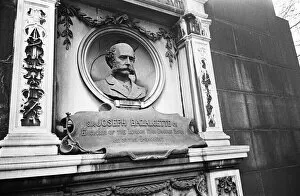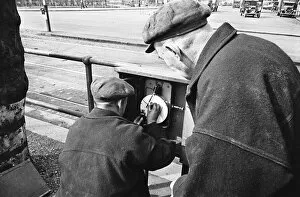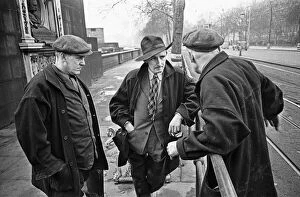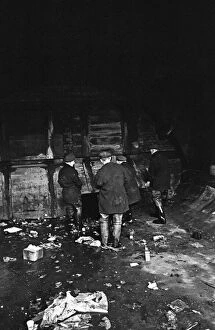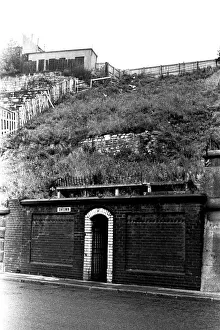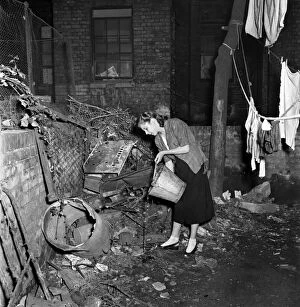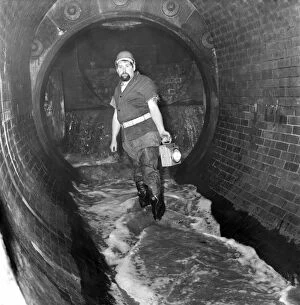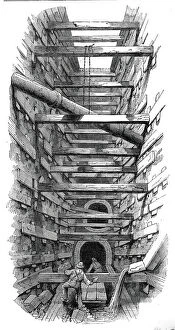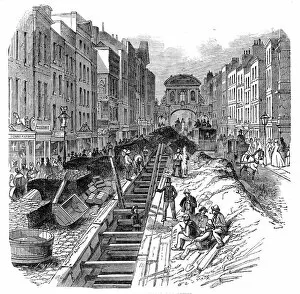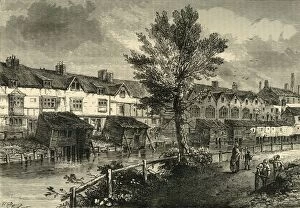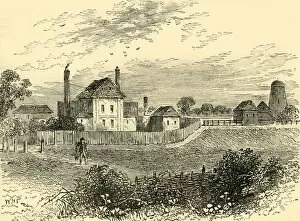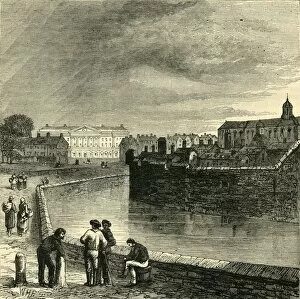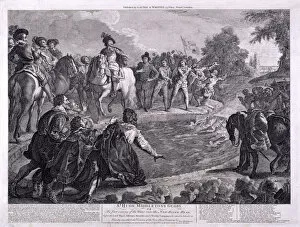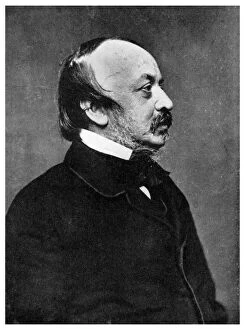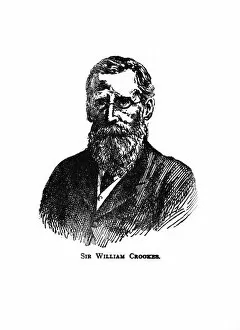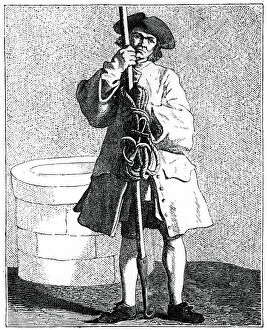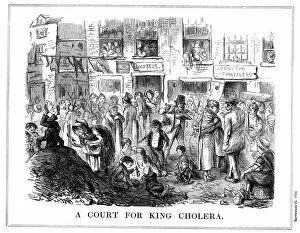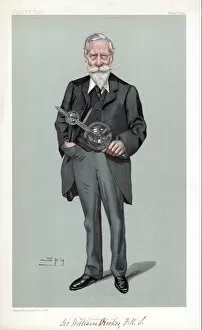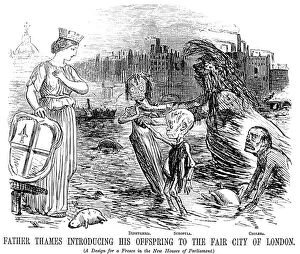Sanitation Collection (page 4)
"From Waiting for the Hour to Modern Innovations: A Journey through Sanitation History" Step back in time to 1863
All Professionally Made to Order for Quick Shipping
"From Waiting for the Hour to Modern Innovations: A Journey through Sanitation History" Step back in time to 1863, where an unknown creator and William Tolman Carlton captured Edward Farmer and his gang diligently going underground, cleaning scraps of paper. This glimpse into the past reminds us of the tireless efforts made towards sanitation. Fast forward to the 1880s, when Thomas Crapper's revolutionary invention, the Water Waste Preventer, was patented. This innovation marked a significant milestone in improving sanitary conditions and preventing waste buildup. In 1931 Paris, artist Ernest Flammarion immortalized sewer cleaners working tirelessly in the Main Sewer. Their dedication showcased their commitment to maintaining cleanliness even in challenging environments. Traveling further back in history reveals Sir John Harington's creation - the Water Closet. This remarkable invention brought comfort and improved hygiene standards for centuries to come. David Boswell Reid's contributions cannot be overlooked either. His expertise paved the way for advancements in sanitation systems that we benefit from today. The advert by Davis & Bennett showcasing heavy fireclay urinal stalls demonstrates how businesses have played a vital role in providing clean facilities for public use throughout history. A snapshot of early 20th-century Paris takes us to Vespasiennes or public urinals on Grands Boulevards. These structures served as essential amenities ensuring proper sanitation practices were accessible to all. Even aquatic life benefits from cleanliness. Actinopterygii fish species like bluestreak bony fish thrive when their habitats are properly cleaned and maintained across Asia. Moving closer to modern times brings us face-to-face with New Superloos installed on Hall Street, St Helens, Merseyside in February 1988. These state-of-the-art facilities represented progress towards more hygienic public toilets available for everyone's convenience. Finally, workmen inspecting underground sewer tunnels beneath Mersey tunnel remind us that behind every clean and functional system, there are dedicated individuals ensuring its smooth operation.



